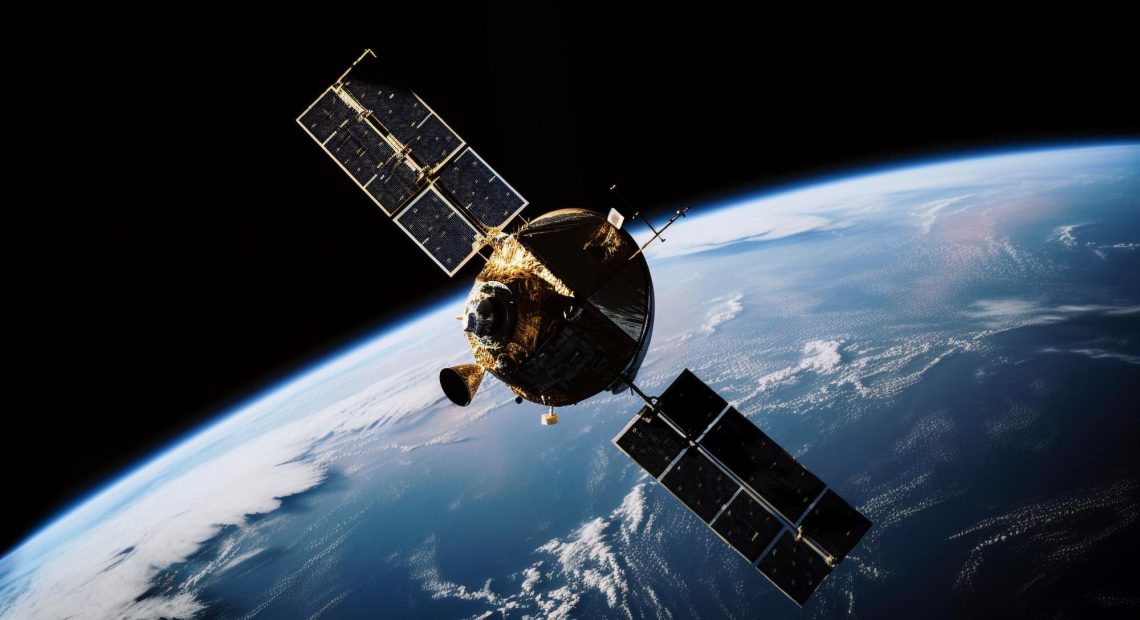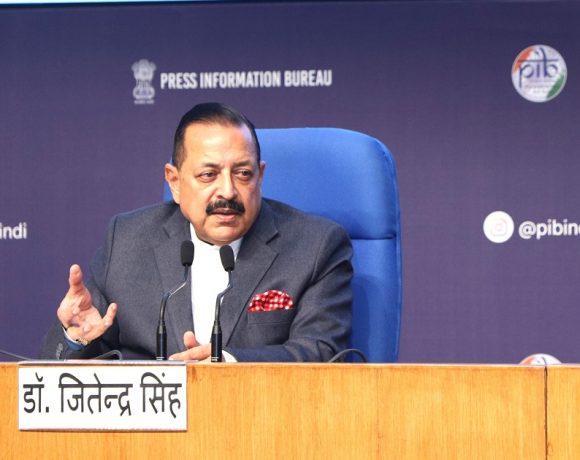
NISAR Mission to Launch on July 30
A powerful joint mission by NASA and ISRO, the NISAR satellite, will be launched on 30 July 2025 from Satish Dhawan Space Centre, Sriharikota, using a GSLV‑F16 rocket. At a cost of USD 1.5 billion, it is the most expensive Earth‑observation satellite to date .
Dual‑Frequency Radar for Detailed Monitoring
NISAR carries two advanced radars—NASA’s L‑band and ISRO’s S‑band—making it the first satellite with dual‑frequency synthetic aperture radar. Weighing around 2,392 kg, it will orbit at about 743 km altitude, equipped to scan the planet every 12 days .
All‑Weather, Day‑Night Data Collection
Thanks to its radar design, NISAR can penetrate clouds, vegetation, soil, and ice, capturing high-resolution images regardless of light or weather. The satellite is expected to detect surface changes as small as a few centimetres—key for monitoring earthquakes, landslides, ice-sheet melt, and agricultural shifts .
Free Access to Crucial Data
The satellite will generate vital data on environmental and natural hazards. All collected information will be free for global researchers, with prompt release during emergencies such as floods and volcanic eruptions .
Decade-Long Tech Collaboration
This marks over ten years of partnership between ISRO and NASA. ISRO’s role includes building the satellite platform, supplying the S‑band radar, and providing the launch vehicle. NASA has developed the L‑band radar and related systems .
What Lies Ahead
The launch will take place at 17:40 IST on 30 July aboard GSLV‑F16. Once in orbit, NISAR’s mission objectives are set to revolutionise earth science, disaster response, and climate monitoring, reinforcing India-US collaboration in space .


















